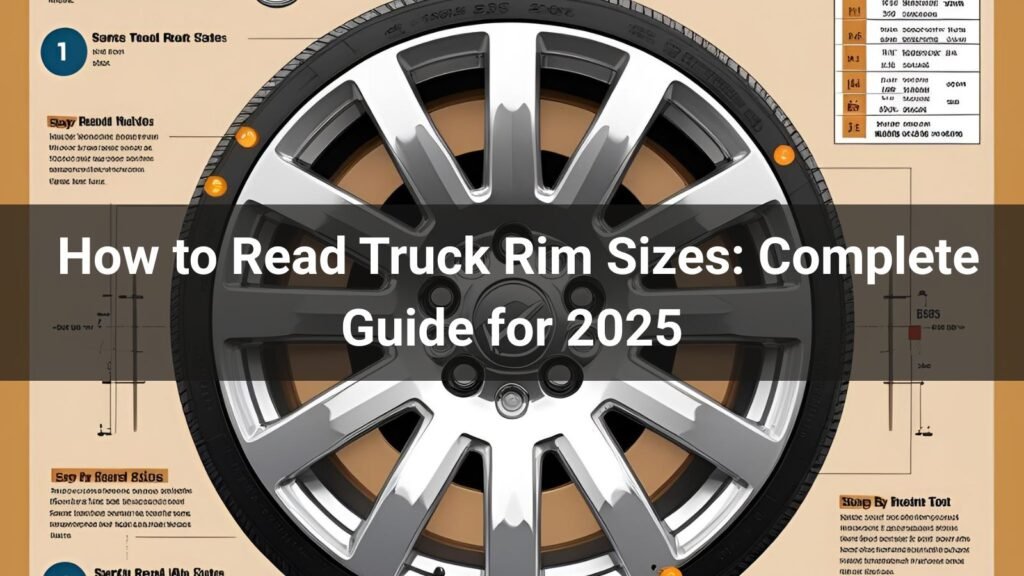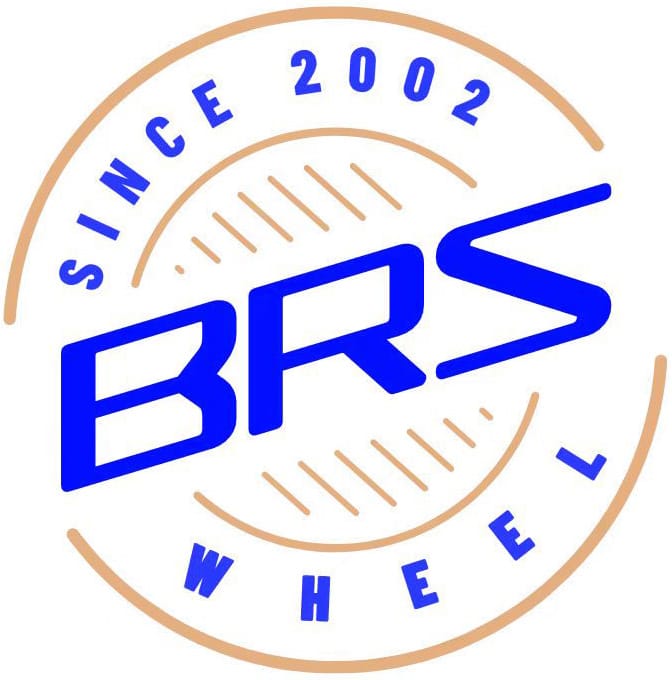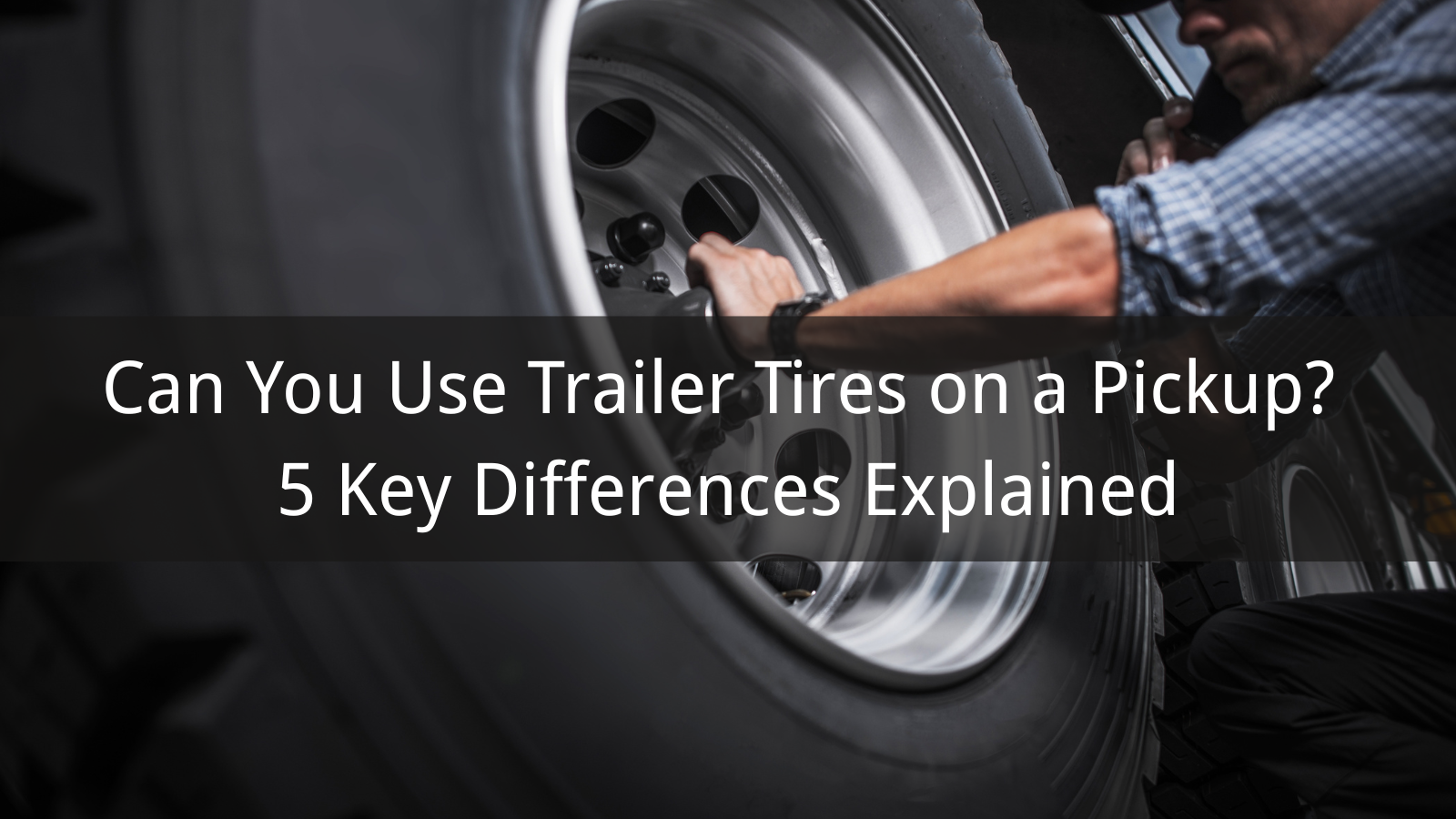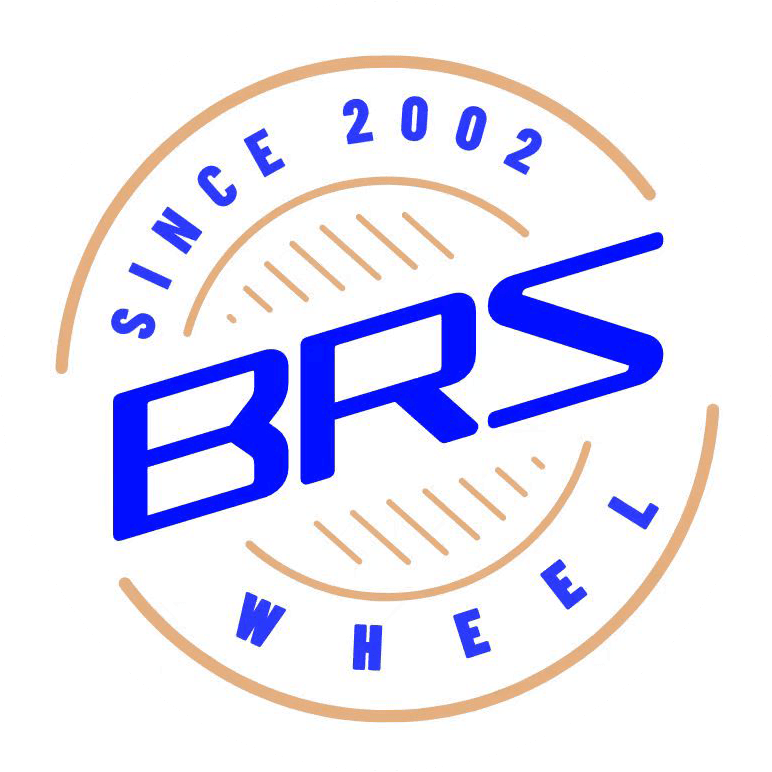
Understanding truck rim sizes is crucial for vehicle safety, performance, and cost-effectiveness. This comprehensive guide will walk you through everything you need to know about reading truck rim sizes, from basic measurements to advanced specifications. Whether you’re a fleet manager, truck owner, or automotive professional, mastering rim size interpretation will help you make informed decisions about wheel replacements and upgrades.
Table of Contents
- Understanding the Basics of Truck Rim Size Notation
- Decoding Diameter and Width Measurements
- Understanding Bolt Patterns and Offset
- Load Ratings and Weight Capacity
- Common Truck Rim Sizes and Applications
- Compatibility Guide for Different Truck Types
- Professional Selection Tips
- Maintenance and Care Guidelines
Understanding the Basics of Truck Rim Size Notation
Reading truck rim sizes might seem complex at first glance, but once you understand the basic notation system, it
becomes straightforward. Truck rim sizes are typically expressed in a format like “20×8.5” or “16×6.5”, where the
first number represents the diameter and the second represents the width.
The standard format follows this pattern: Diameter × Width. For example, a 17×10 steel rim has a 17-inch diameter and 10-inch
width. This measurement system is universal across manufacturers and helps ensure proper fitment.
| Component | Measurement Unit | Typical Range for Trucks |
|---|---|---|
| Diameter | Inches | 16″ – 24″ |
| Width | Inches | 5.5″ – 10″ |
| Bolt Pattern | Number × Circle Diameter | 6×139.7, 8×165.1 |
Decoding Diameter and Width Measurements
The diameter measurement refers to the distance across the rim from edge to edge, measured at the widest point. This
dimension determines tire compatibility and affects vehicle performance characteristics. Larger diameters typically
provide better handling and aesthetics but may compromise ride comfort.
Width, measured from the inner edge of one rim flange to the inner edge of the opposite flange, affects tire sidewall
shape and contact patch. Wider rims can accommodate wider tires, potentially improving traction and stability.
However, width must be carefully matched to tire specifications.
For heavy-duty applications, 8 lug
trailer wheels are commonly specified with precise width measurements to handle increased load requirements. The
relationship between rim width and tire width follows established ratios to ensure proper tire bead seating and
performance.
Understanding Bolt Patterns and Offset
Beyond basic size measurements, truck rims include critical specifications like bolt pattern and offset. The bolt
pattern is expressed as the number of bolts multiplied by the diameter of the circle on which the bolts are
positioned. Common truck patterns include 6×139.7mm and 8×165.1mm.
Offset refers to the distance between the rim’s mounting surface and its centerline. Positive offset pushes the wheel
inward, while negative offset extends it outward. This measurement significantly affects vehicle handling, brake
clearance, and suspension geometry.
| Truck Type | Common Bolt Patterns | Typical Offset Range |
|---|---|---|
| Light-duty Pickup | 6×139.7, 6×135 | +20 to +50mm |
| Heavy-duty Pickup | 8×165.1, 8×170 | +100 to +140mm |
| Commercial Truck | 10×225, 10×285.75 | +120 to +165mm |
Load Ratings and Weight Capacity
Load rating is a critical specification often overlooked when reading rim sizes. This rating indicates the maximum
weight each rim can safely support. For commercial applications, understanding load ratings prevents costly failures
and ensures regulatory compliance.
Load ratings are typically expressed in pounds or kilograms and vary significantly based on rim construction and
materials. Steel rims generally offer higher load capacities compared to
alloy alternatives, making them preferred for heavy-duty applications.
When selecting rims for specific applications, always consider the gross vehicle weight rating (GVWR) and distribute
the load appropriately across all wheels. This calculation ensures each rim operates within safe parameters and
maintains vehicle stability.
Common Truck Rim Sizes and Applications
Different truck applications require specific rim size ranges optimized for performance and durability. Understanding
these common sizes helps in making appropriate selections for various use cases.
Light-Duty Trucks: Typically use rim diameters from 16″ to 20″, with widths ranging from 6″ to 9″.
Popular sizes include 16×8 steel rims for balanced
performance and cost-effectiveness.
Medium-Duty Trucks: Often specify 19.5″ to 22.5″ diameters with widths from 6″ to 8.25″. These sizes
provide the strength needed for commercial applications while maintaining reasonable costs.
Heavy-Duty Trucks: Commonly use 22.5″ and 24.5″ diameters with various width options. These larger
sizes accommodate the robust tires needed for maximum load capacity and durability.
| Application | Diameter Range | Width Range | Example Sizes |
|---|---|---|---|
| Pickup Trucks | 16″ – 20″ | 6″ – 9″ | 17×8, 18×8.5, 20×9 |
| Delivery Trucks | 19.5″ – 22.5″ | 6″ – 8.25″ | 19.5×6.75, 22.5×7.5 |
| Semi-Trailers | 22.5″ – 24.5″ | 7.5″ – 9″ | 22.5×8.25, 24.5×8.25 |
Compatibility Guide for Different Truck Types
Proper rim selection requires understanding vehicle-specific compatibility requirements. Each truck model has
engineered specifications that must be matched for safe operation and optimal performance.
Compatibility factors include bolt pattern, offset, load rating, and brake clearance. Modern trucks often have
complex brake systems requiring specific offset ranges to prevent interference. Additionally, suspension design
influences acceptable rim width ranges.
For specialized applications, steel trailer wheels offer
enhanced durability and load capacity. These wheels are engineered specifically for trailer applications and may have
different specifications compared to truck wheels.
When upgrading from factory specifications, consider the impact on speedometer accuracy, handling characteristics,
and warranty coverage. Significant deviations from original equipment specifications can affect vehicle performance
and safety systems.
Professional Selection Tips
Selecting the right truck rim size involves balancing multiple factors including cost, performance, durability, and
application requirements. Professional fleet managers often prioritize different characteristics based on operational
needs.
For Highway Applications: Focus on fuel efficiency and ride comfort. Moderate rim sizes with
appropriate tire combinations optimize rolling resistance while maintaining durability.
For Off-Road Use: Consider steel off-road
wheels designed for extreme conditions. These wheels typically feature reinforced construction and specific size
ranges optimized for traction and durability.
For Urban Delivery: Prioritize maneuverability and curb resistance. Smaller rim diameters with
robust sidewalls help prevent damage from frequent curb contact and tight turning requirements.
At Ningbo BRS Auto Parts Co., Ltd, we manufacture truck rims ranging from 16″ to 24″, including
popular sizes like 20×6.5, 20×7, 20×8.5, and 24×8.5. Our precision engineering ensures each rim meets exact
specifications for optimal performance and safety.
Maintenance and Care Guidelines
Proper maintenance extends rim life and ensures continued safe operation. Regular inspection routines should include
checking for cracks, corrosion, and dimensional changes that might affect tire seating or balance.
Cleaning procedures vary by rim material and finish. Steel wheels require
specific cleaning techniques to prevent corrosion while maintaining appearance and functionality.
| Maintenance Task | Frequency | Key Focus Areas |
|---|---|---|
| Visual Inspection | Weekly | Cracks, corrosion, damage |
| Torque Check | Monthly | Lug nut tightness |
| Deep Cleaning | Quarterly | Remove buildup, inspect closely |
| Professional Inspection | Annually | Structural integrity, balance |
Environmental factors significantly impact rim longevity. Salt exposure, extreme temperatures, and chemical contact
all affect rim materials differently. Understanding these impacts helps develop appropriate maintenance schedules and
protection strategies.
For heavy-duty applications, consider implementing predictive maintenance programs that monitor rim condition and
predict replacement needs. This approach minimizes unexpected failures and optimizes replacement timing.
When questions arise about rim specifications or compatibility, consult with experienced professionals. At BRS, our
technical team provides expert guidance on rim selection and application-specific requirements. Contact us at
Phone: 0086 19810666863 or Email: carrie@brsautoparts.com for personalized
assistance.
Our manufacturing facility at 1st, Rili Middle Road, Yinzhou District, Ningbo, China produces
high-quality custom steel wheels designed for
demanding applications. With over 200 skilled workers and advanced testing facilities, we ensure each product meets
exact specifications and quality standards.
For more information about our complete range of truck rims and professional services, visit our website at https://brsrim.com/. Our team is available Monday through Friday, 8:00 – 21:00, with
responses provided within 24 hours during holidays.






